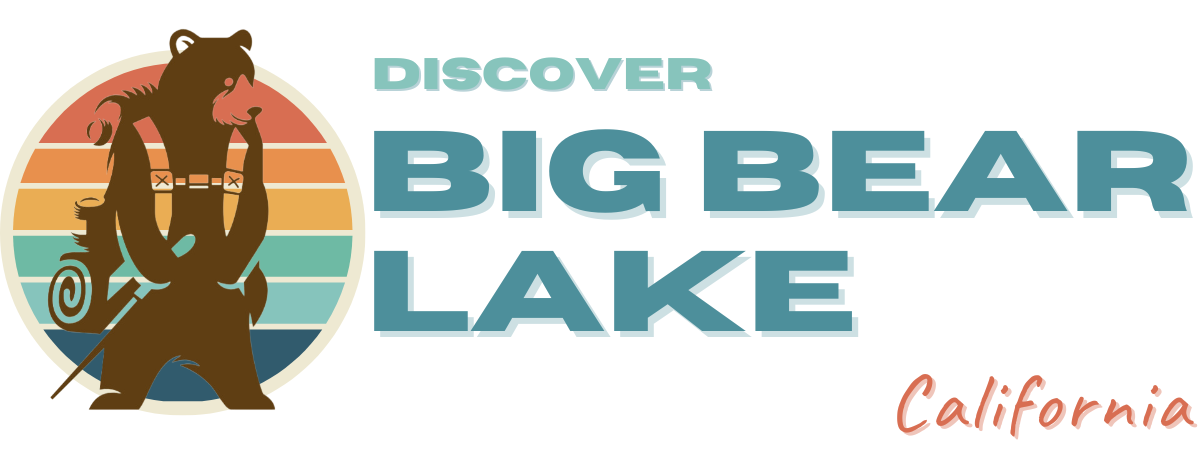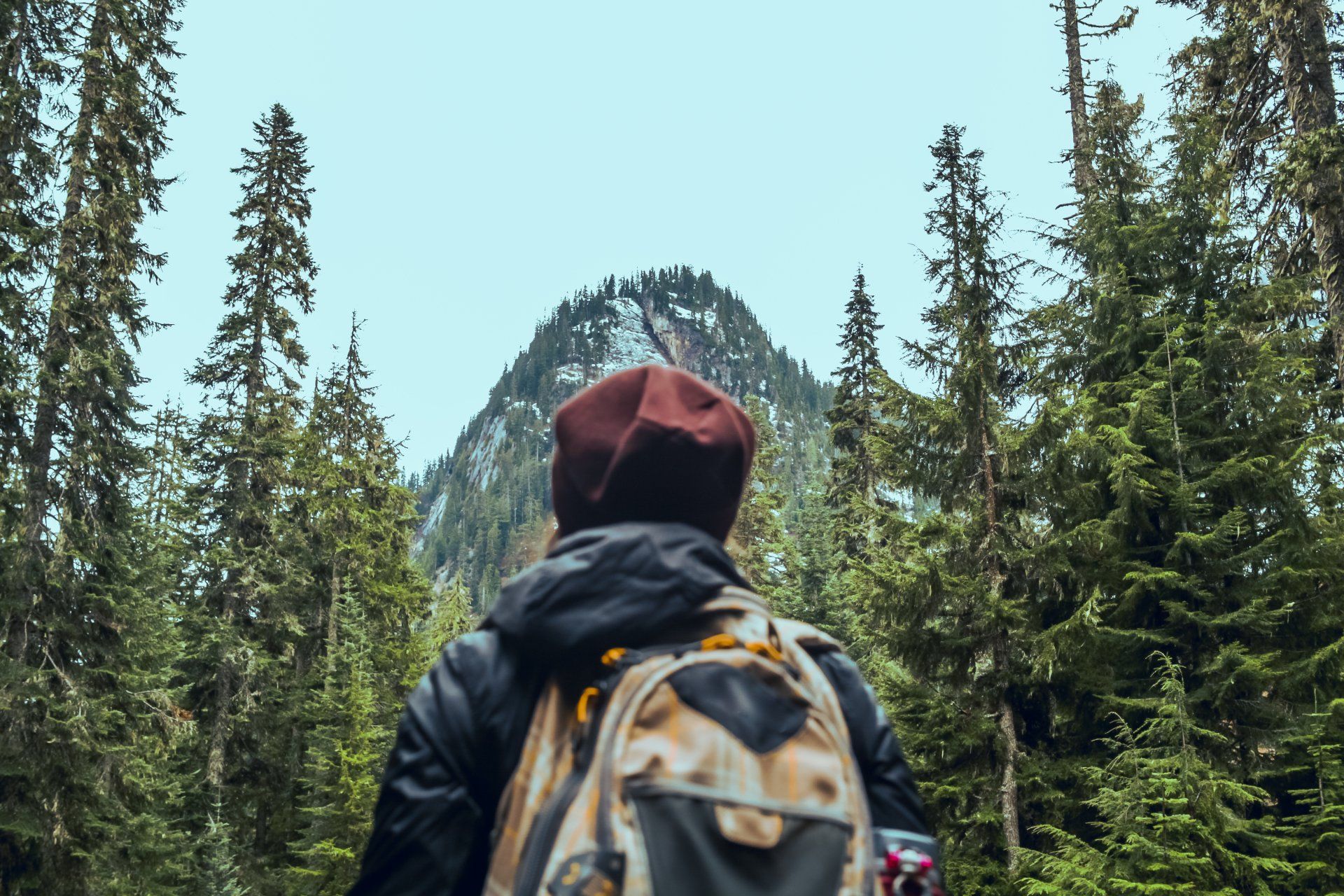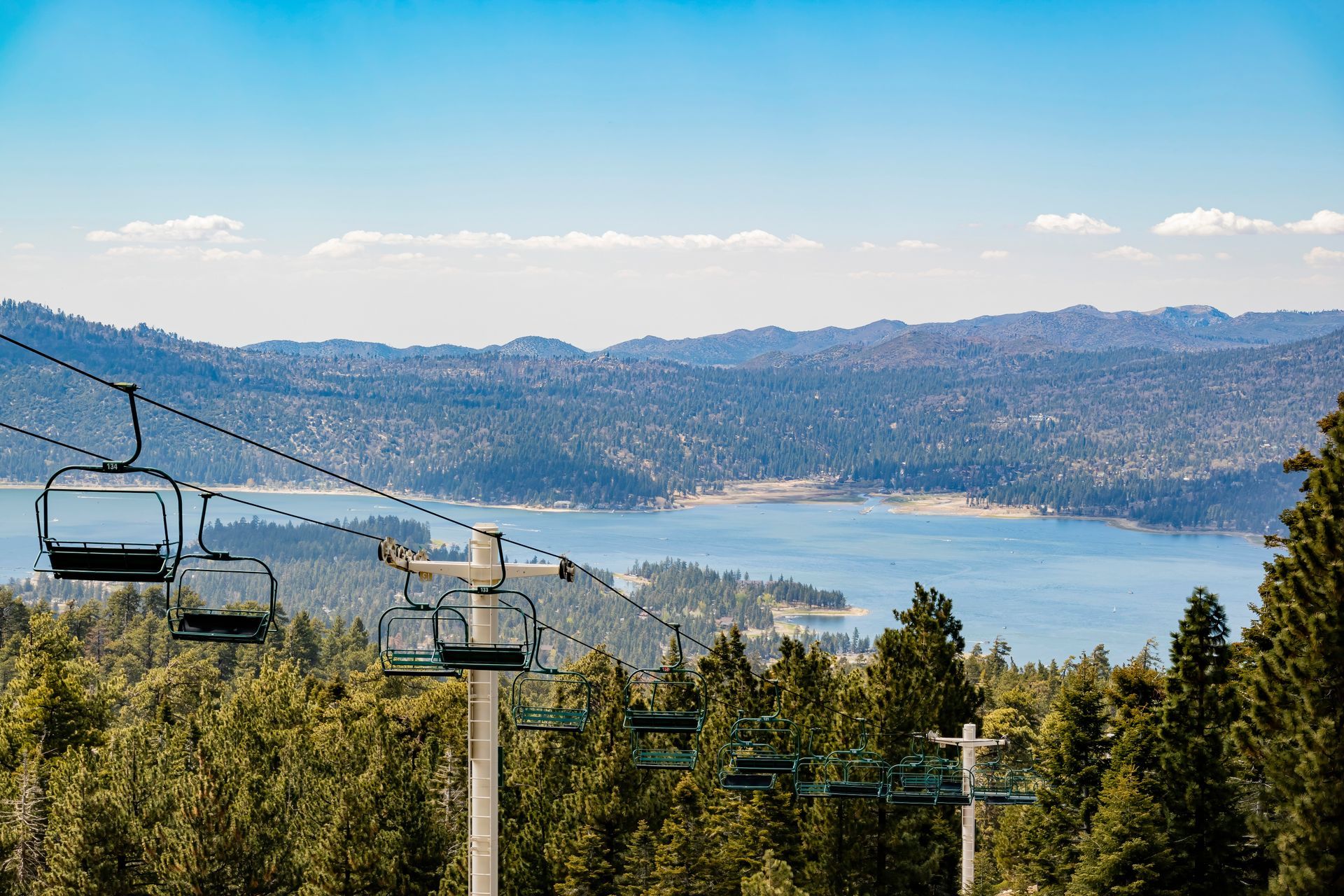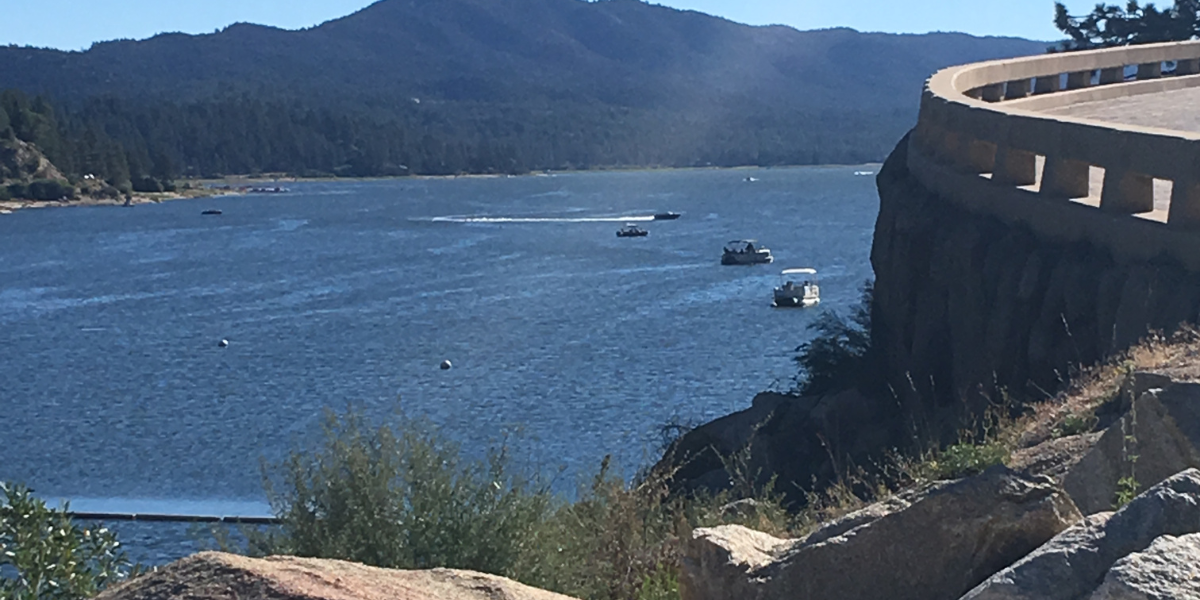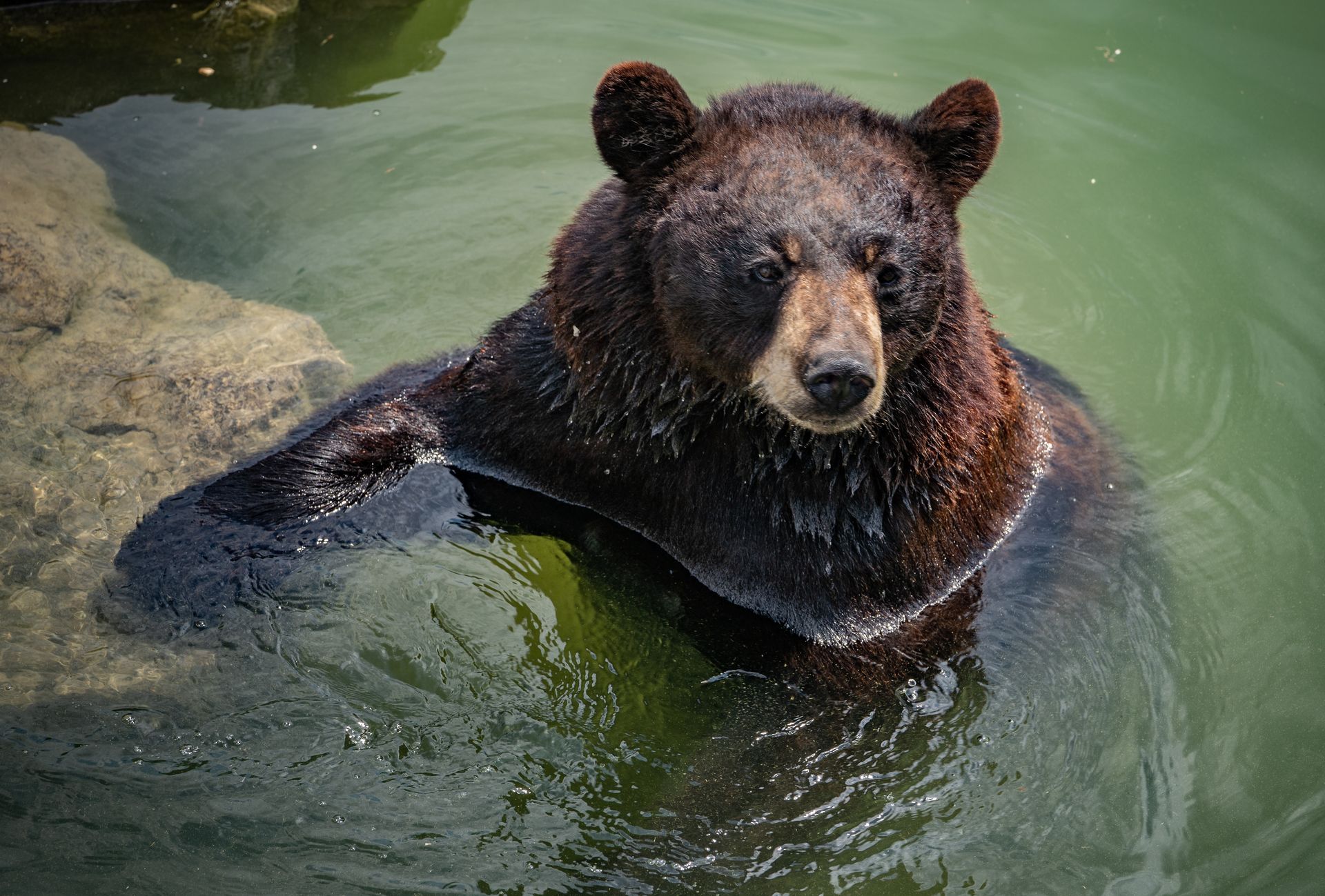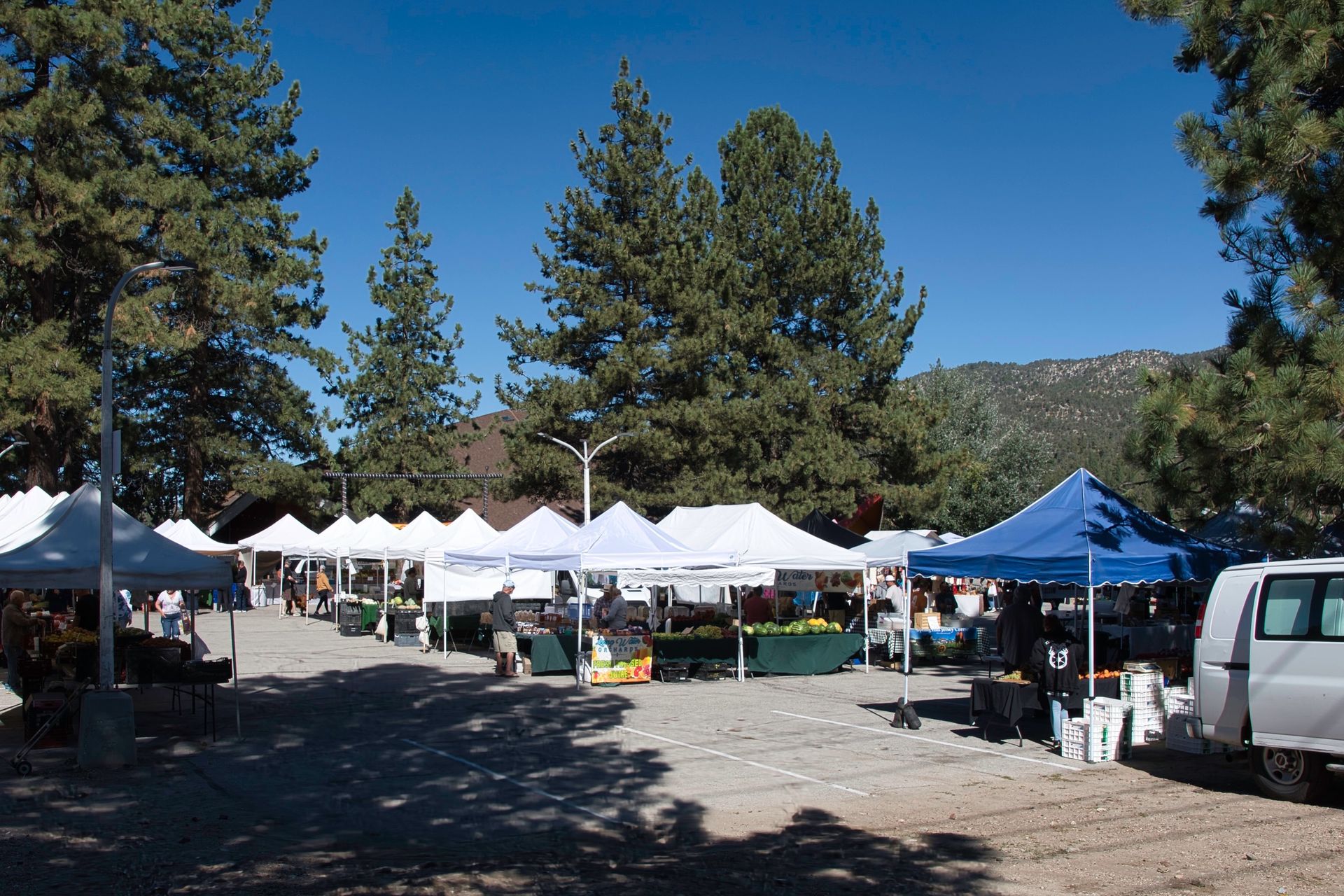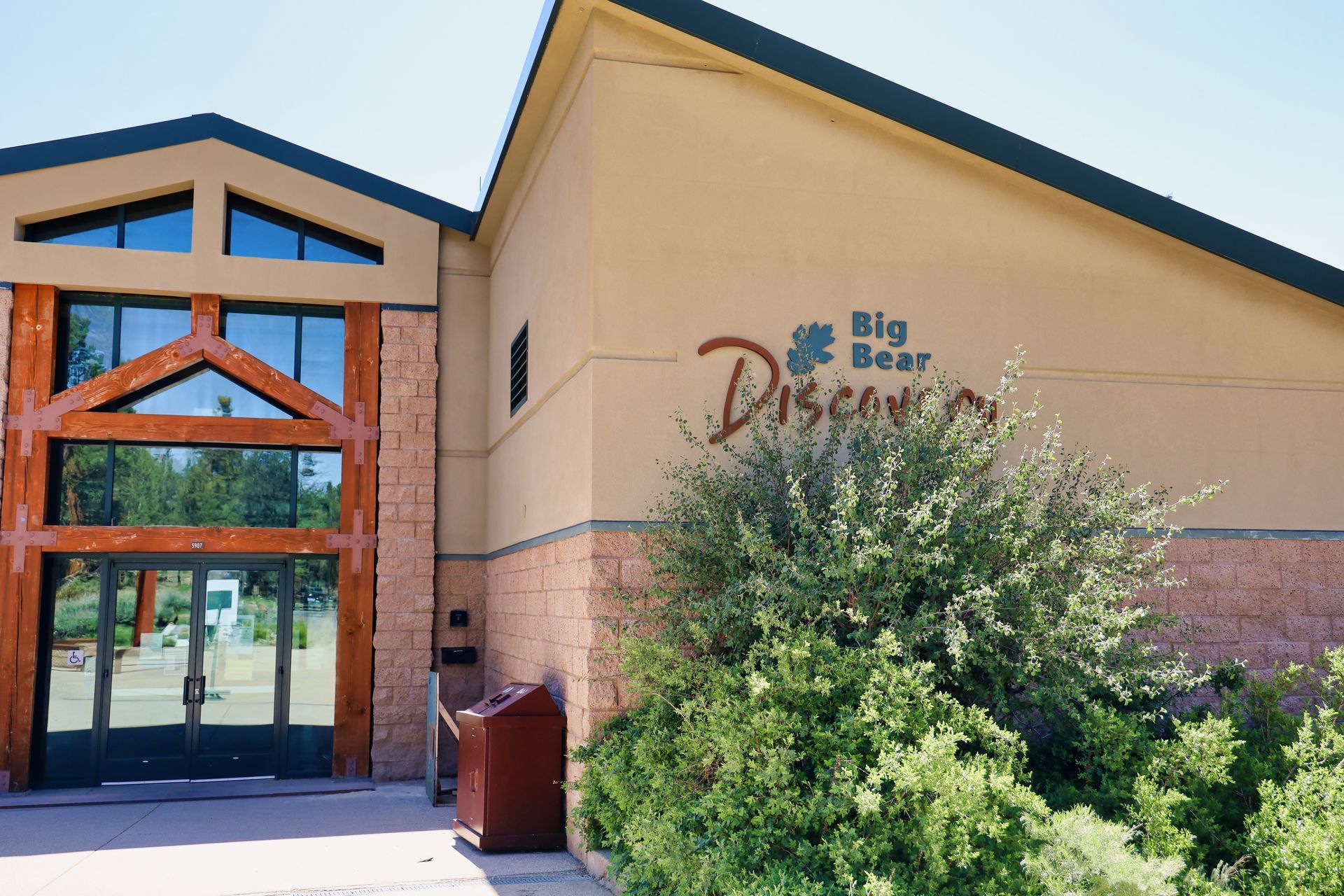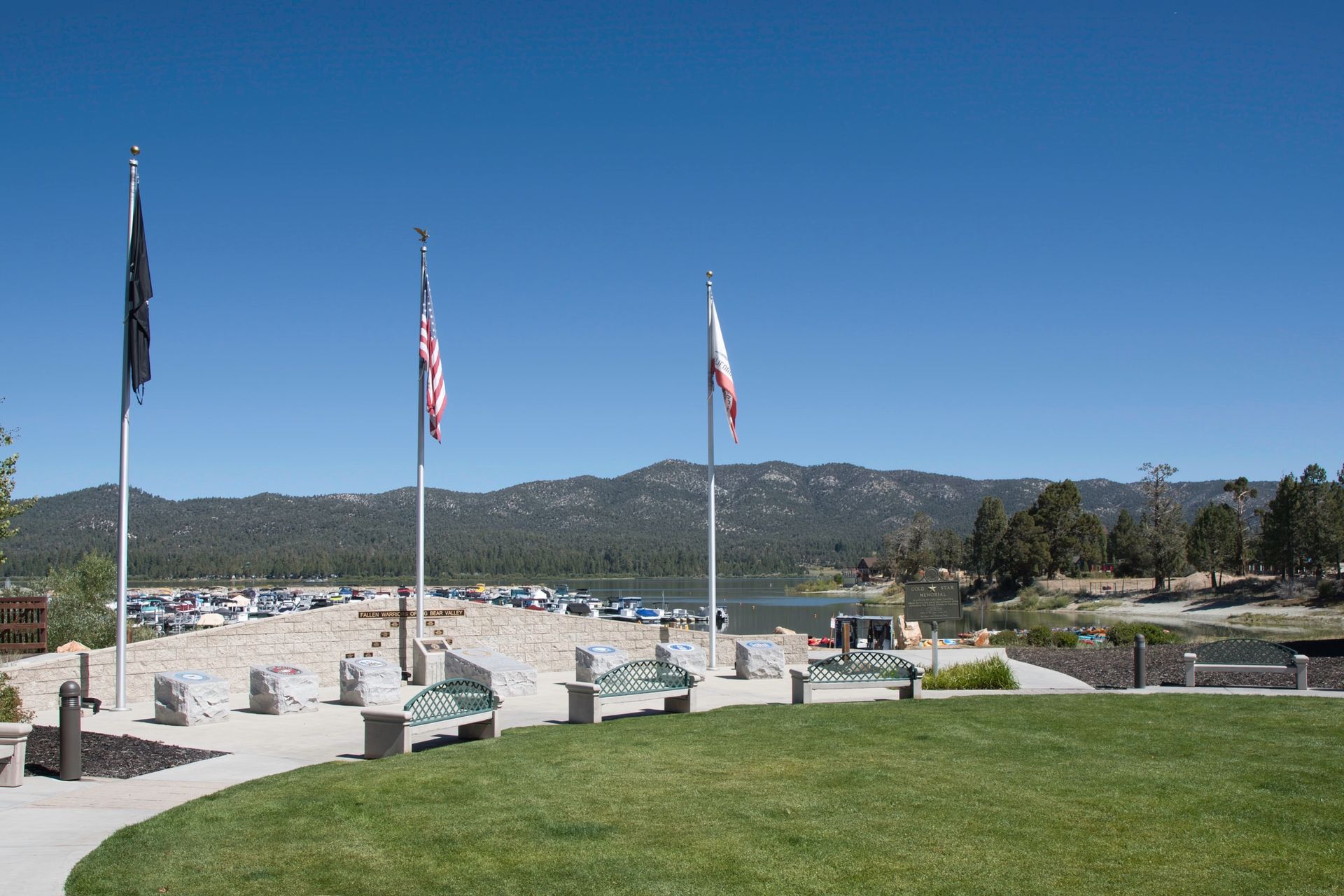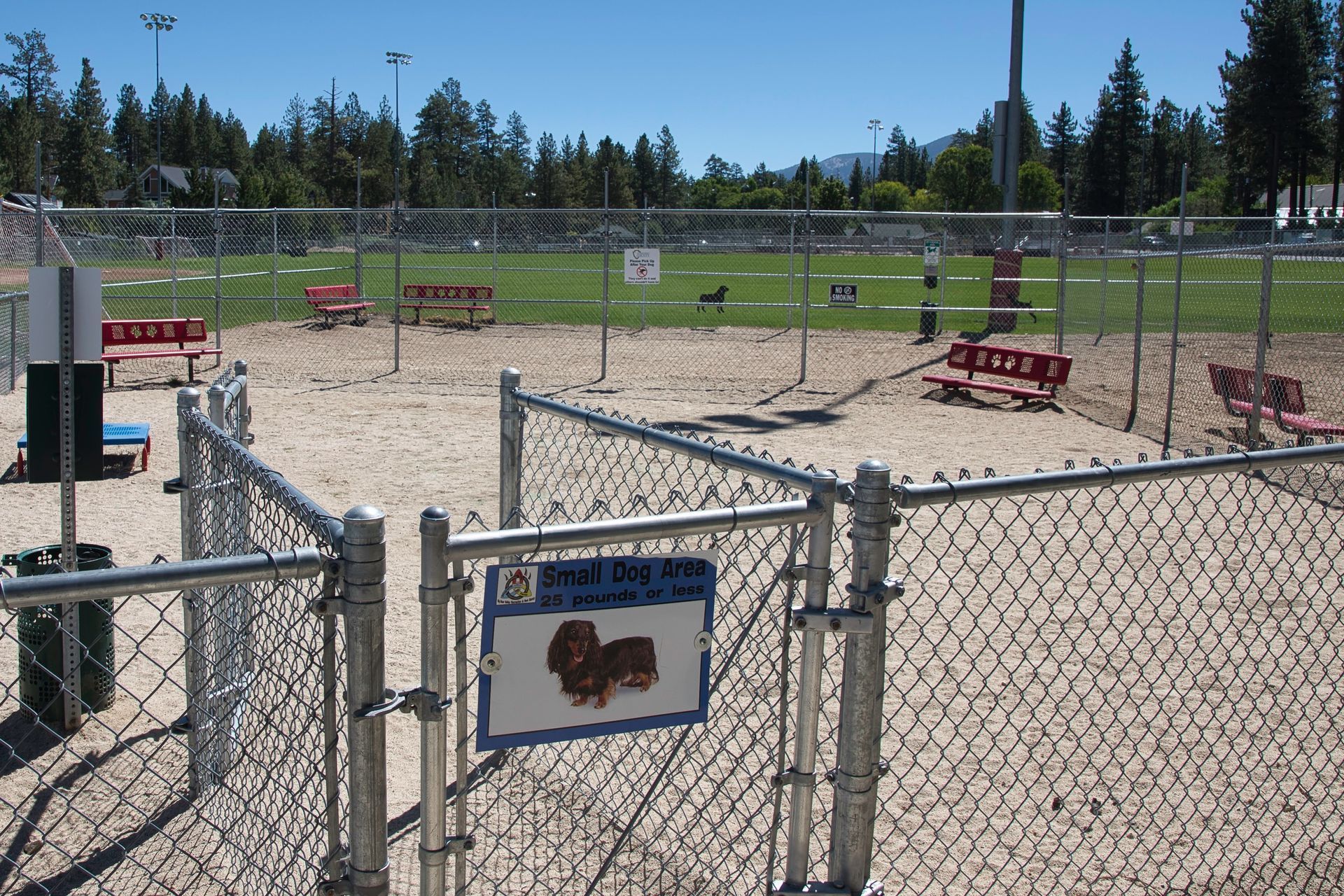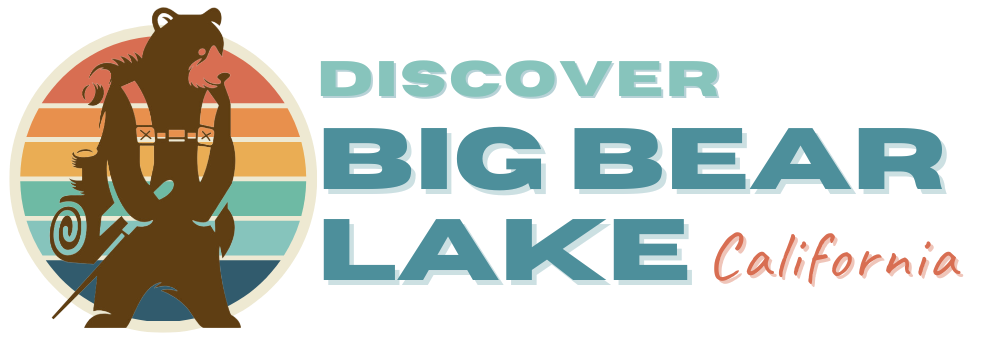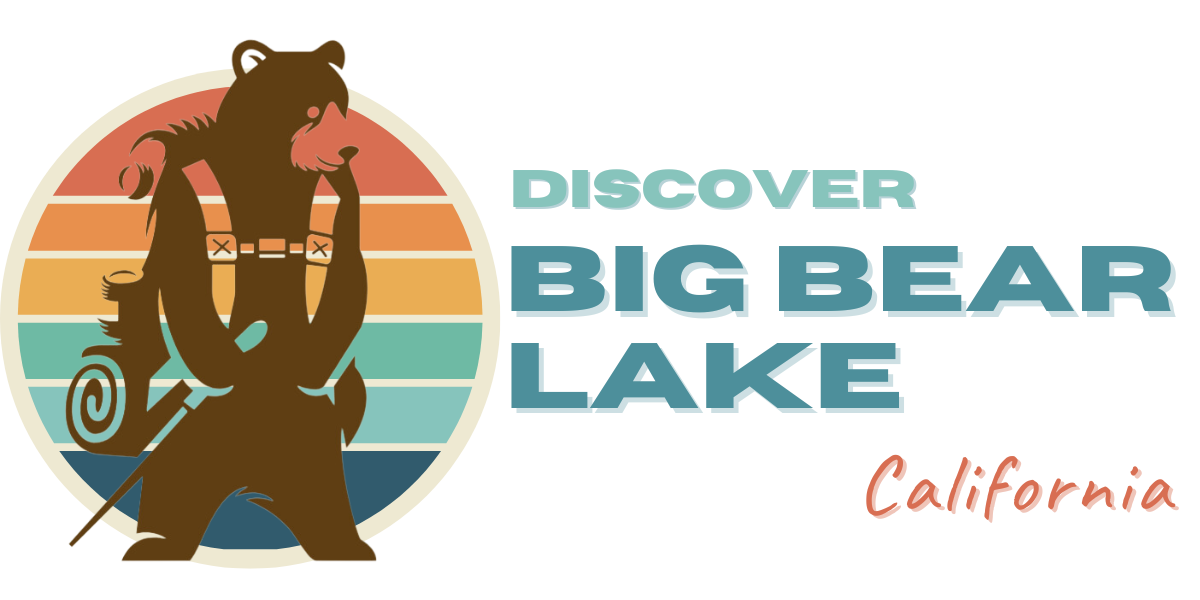
This page may contain affiliate links, and we may earn a commission, referral fee, or compensation. Please read our Disclaimer.
DISCOVER BIG BEAR LAKE
Bears in Big Bear Lake: The Wildlife of Southern California
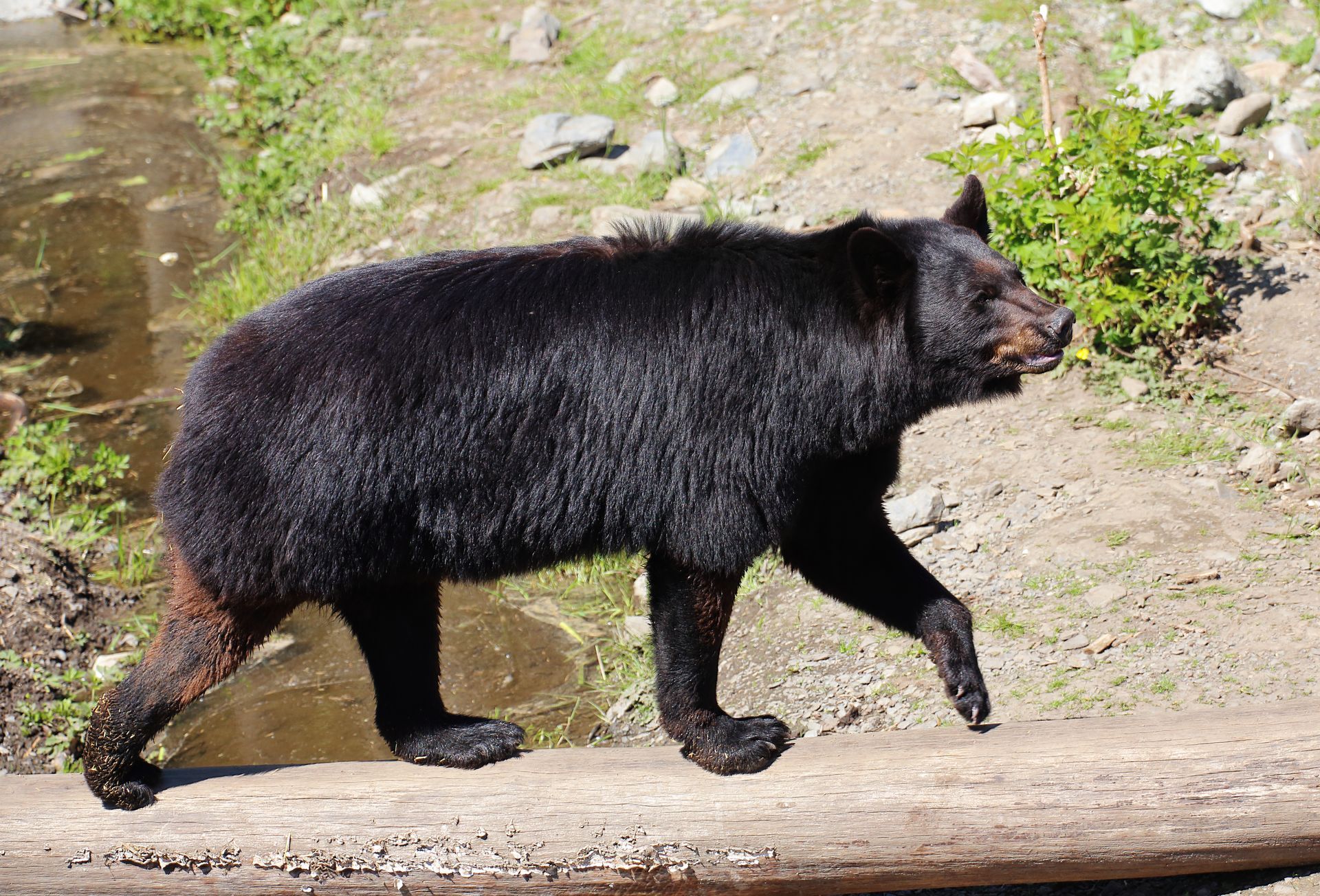
Popular Posts
Are there bears in Big Bear Lake?
Nestled in the San Bernardino Mountains, Big Bear Lake is a haven for weekend getaways. But the name "Big Bear" might make you wonder – are there really bears here? While sightings are uncommon, black bears are indeed part of the Big Bear Lake ecosystem.
This article dives into the fascinating story of bears in Big Bear. We'll explore the area's grizzly bear past, how the black bear became the dominant species, and why encounters are rare. We'll also discuss essential safety tips for hiking in black bear territory and how to handle a potential encounter with these magnificent creatures.
The History of Grizzly Bears in Big Bear
In the past, Big Bear Lake and its surrounding San Bernardino National Forest were home to grizzly bears (Ursus arctos horribilis). Yes, the grizzly bear, with its iconic hump and distinctive shoulder muscles, once roamed freely throughout California.
How did Big Bear get it's name?
Big Bear Lake, California got its name from the Serrano Native American tribe, who originally called it "Yuhaviat," which means "Pine Place." The name "Big Bear" was later given to the lake by European American settlers in the mid-19th century. The name likely comes from the large population of grizzly bears that once inhabited the surrounding San Bernardino Mountains. These bears were commonly referred to as "big bears." While grizzly bears are no longer found in the region, the name "Big Bear Lake" remains a historic reminder of the area's past.
Extinction of Grizzly Bears in Big Bear
Grizzly bears became extinct in Southern California due to a combination of factors driven by human activities. The expansion of human settlements and agriculture led to habitat loss, depriving the bears of critical resources. Extensive hunting and poaching for their fur, meat, and body parts further decimated the population. Conflict with humans over diminishing resources resulted in bears being killed to protect human interests. Insufficient legal protections and a small, isolated population exacerbated their vulnerability. By the time grizzly bears in Southern California were granted legal protections, it was too late to prevent their extinction, and they no longer exist in their historic range in the region. The last known grizzly bear sighting in Southern California occurred in the San Bernardino Mountains in the early 1900s.
The Current Presence of Black Bears
Today, the black bear (Ursus americanus) is the species of bear
commonly found in the Big Bear Lake area. These bears are smaller than their grizzly counterparts but are no less captivating. Black bears have adapted to a variety of habitats and are known for their keen sense of smell, strength, and climbing abilities. While sightings of black bears in Big Bear Lake are relatively uncommon, it's important to remember that they are still wild animals and should be treated with caution and respect.
Black bears are more reclusive and tend to avoid human contact, but they are still present in the area.
Current Population of Black Bears
In recent years, there has been an increase in black bear sightings around Big Bear Lake and the surrounding San Bernardino National Forest. The exact population numbers can be challenging to estimate accurately, as bears are elusive creatures that cover vast territories. However, the California Department of Fish and Wildlife estimates that there are approximately 25,000 black bears statewide, with a significant number inhabiting the San Bernardino Mountains.
Bear Sightings in Big Bear Lake
Bear sightings can vary by season and are influenced by factors like food availability. Over the past few years there have been bear sightings near the Village, in neighborhoods and even playing on equipment at Bear Mountain. Check out this video on a resident who experienced a bear on his property in August of 2023 and this video of a bear in Big Bear Lake referred to as "Scare-Bear" who was caught in a trash bin. However, it is important to remember that these sightings are still rare. So the likelihood of crossing paths with a black bear while visiting Big Bear Lake is fairly low. Keep in mind that the bears tend to stay in the forest, therefore if you are out hiking, especially on a quieter or remote trail, be sure you are familiar with bear safety.
How to see Bears in Big Bear Lake
While encountering a bear while visiting Big Bear Lake may be rare, you still have an opportunity to see bears up close. The Big Bear Alpine Zoo is a local rehabilitation facility located in Moonridge near Bear Mountain. The Alpine Zoo temporarily fosters animals while they are rehabilitation before being released into the wild and permanently houses animals that are not fit to be released. There you can visit black and brown bears, each with a unique story behind their rescue and life. Be sure to check hours of operation on their website.
Hiking Safety In Big Bear
When venturing into the beautiful wilderness around Big Bear Lake, it's essential to be mindful of your surroundings and take necessary precautions to ensure both your safety and the well-being of the bears. Here are a few guidelines to keep in mind:
- Make noise: Bears generally avoid human contact, so making noise while hiking can alert them to your presence and reduce the chances of surprising them.
- Store food properly: Keep your food in bear-proof containers or hang it high out of reach. Properly securing food and scented items will help prevent attracting bears to your campsite.
- Leave no trace: Pack out all your garbage and food waste, as bears can be attracted to the smell. Dispose of waste in designated containers to minimize the chances of unwanted encounters.
- Maintain a safe distance: If you do encounter a black bear, maintain a safe distance of at least 100 yards (91 meters) and never approach or feed the animal. Black Bears are generally not aggressive but may defend themselves if they feel threatened.
What to Do If you Encounter a Black Bear
If you find yourself face-to-face with a black bear, it's important to remain calm and consider these often recommended steps from safety experts:
- Running may trigger the bear's predatory instincts. Speak calmly and back away slowly while keeping an eye on the bear.
- Make yourself look bigger: Raise your arms and open your jacket if you're wearing one. Stand tall and try to appear as large and intimidating as possible.
- Make noise: Shout, clap your hands, or use other noise-making devices to try to scare the bear away.
- If the bear charges: In the unlikely event that the bear charges, stand your ground. Use bear spray if you have it and aim for the bear's face. (Playing dead is typically only recommended in grizzly bear encounters, not with black bears).
Frequently Asked Questions
-
Are there bears in Big Bear?
Yes, there are black bears in Big Bear. While bears can be dangerous if provoked or surprised, they generally avoid human contact. However, there have been sightings of black bears in Big Bear, including on ski slopes and in the Village.
-
What kinds of bears are in Big Bear?
The only species of bear found in Big Bear is the black bear (Ursus americanus).
-
Can I see a bear in Big Bear?
Yes, it is possible to see a black bear in Big Bear. Sightings are relatively rare and you are more likely to see a bear by visiting the Big Bear Alpine Zoo.
-
Are bears in Big Bear dangerous?
While black bears have the potential to be dangerous, they generally avoid human contact and prefer to retreat rather than confront humans. Black bears are typically shy and non-aggressive, but it's important to exercise caution and respect their space if encountered. Be sure to make noise while hiking to avoid startling a bear.
More Articles
Read the latest from the blog about Big Bear Lake
Subscribe to our newsletter
All Rights Reserved | Discover Big Bear Lake
Designed & Managed by Discover Marketing
